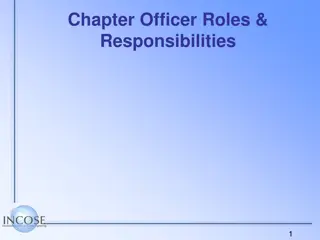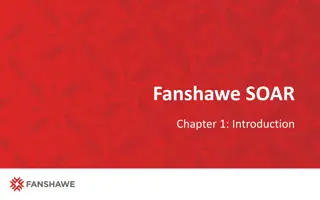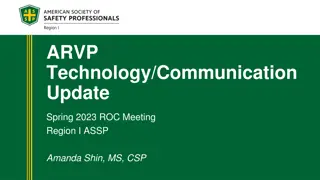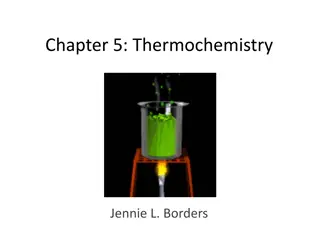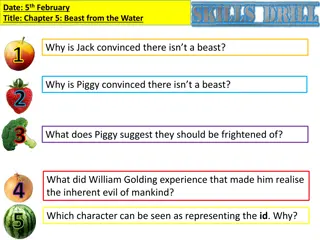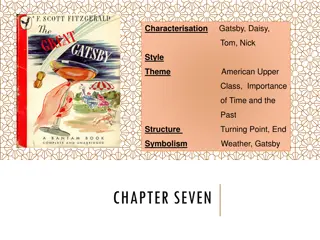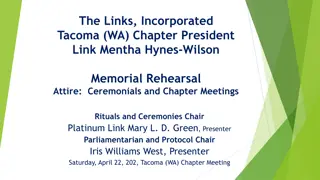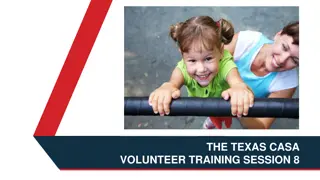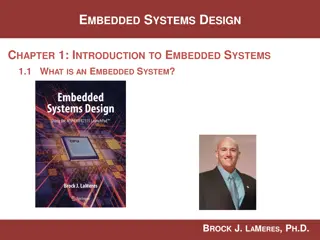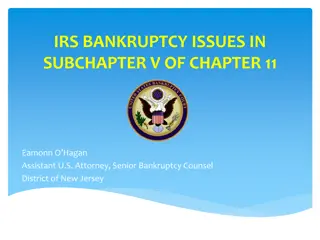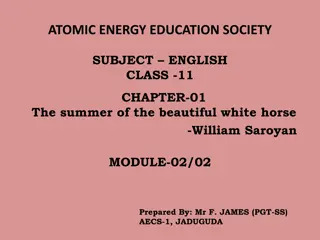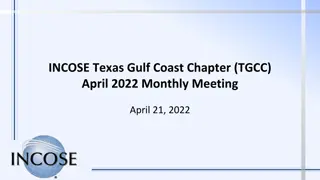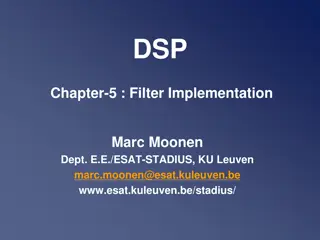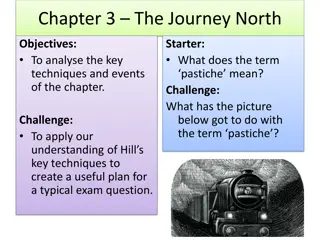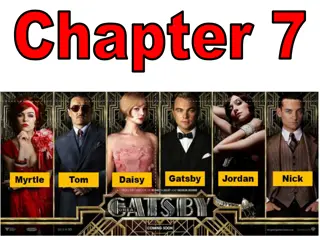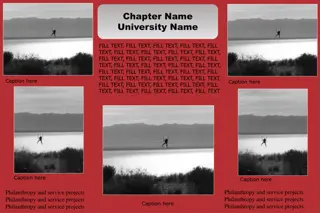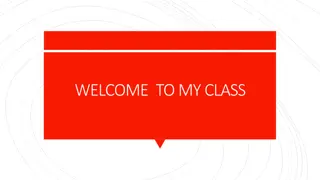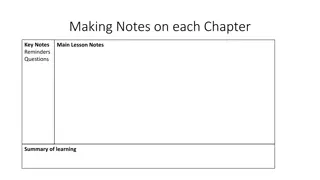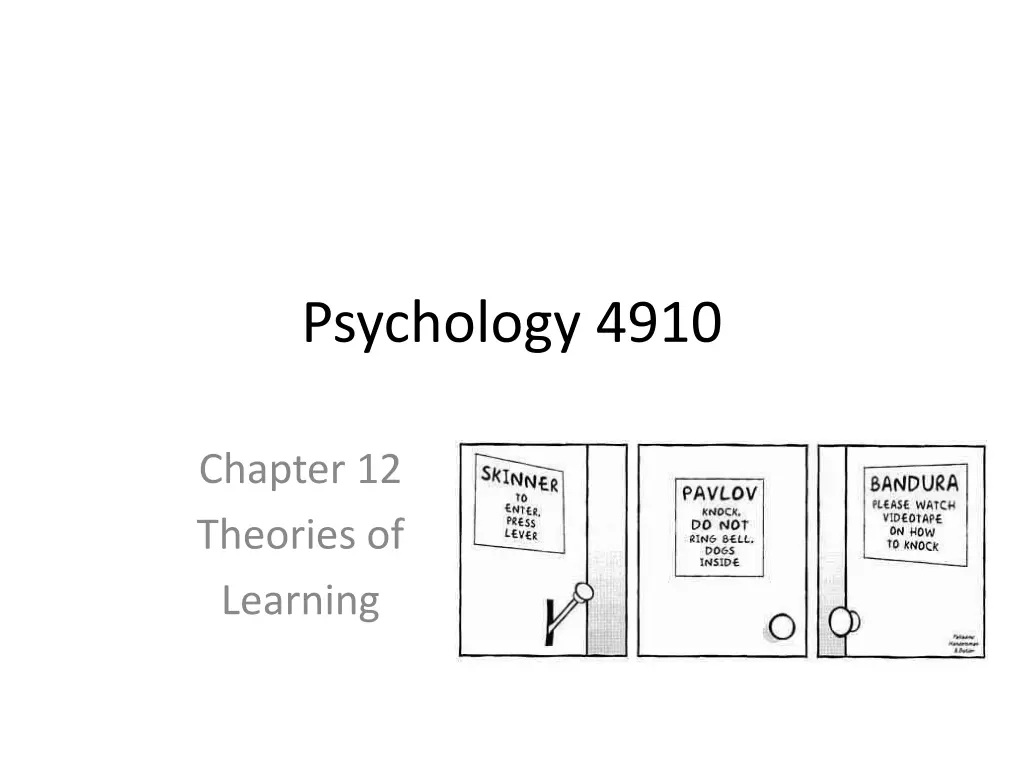
Theories of Learning in Psychology: Guthrie and Hull Perspectives
Explore the theories of learning by E.R. Guthrie and Clark L. Hull in psychology. Guthrie emphasized contiguity, repetition, reward, and one-trial learning, while Hull focused on principles of conditioning and motivational theory. Compare their approaches and understand the concepts of contiguity, repetition, reward, and the hypothetic-deductive method in learning theories.
Uploaded on | 0 Views
Download Presentation

Please find below an Image/Link to download the presentation.
The content on the website is provided AS IS for your information and personal use only. It may not be sold, licensed, or shared on other websites without obtaining consent from the author. If you encounter any issues during the download, it is possible that the publisher has removed the file from their server.
You are allowed to download the files provided on this website for personal or commercial use, subject to the condition that they are used lawfully. All files are the property of their respective owners.
The content on the website is provided AS IS for your information and personal use only. It may not be sold, licensed, or shared on other websites without obtaining consent from the author.
E N D
Presentation Transcript
Psychology 4910 Chapter 12 Theories of Learning
E. R. Guthrie (1886-1959) Concluded that the laws of logic are conventions and not laws of thought Skeptical of the possibility of a completely rigorous deduction and of ultimate validity in an argument Presented his theory of learning informally
Contiguity Contiguity: A combination of stimuli which has accompanied a movement will on its recurrence tend to be followed by that movement Principle at the core of Guthrie s learning theory Many stimulus patterns have the potential to produce movement, but only some are effective Called cues or signals
Repetition Typical view: Repetition acts to strengthen the connection between stimulus and response Guthrie s view: Repetition provides opportunity for additional stimuli to become associated with a response Once a habit is associated with a large number of stimuli, it becomes harder to change
Reward Typical view: Reinforcement strengthens the connection between stimulus and response Guthrie s view: Reward acts to prevent the animal from unlearning the association formed just before the reward Reward terminates the signal
One-Trial Learning Guthrie s approach was in touch with everyday life Suggestions for meeting the problems of animal training, child rearing, and pedagogy Example: Breaking a habit 1. Find the cues that initiate the action 2. Practice another response to these cues
Clark L. Hull (1884-1952) Proponent of principles of conditioning; opponent of Gestalt method Motivational theory based on concept of drive Any persistent and intense stimulus Concept similar to basic psychoanalytic hypotheses about motivation
Hypothetic-Deductive Method Hull attempted to create a mathematical theory from which all facts of learning could be deduced; theory consists of: Postulates: Describe the basic laws of behaviour Intervening variables: Hypothetical processes that occur inside the organism and are supposed to govern behaviour Theorems: Experimentally testable hypotheses about behaviour
Postulates Hull s theory was elaboration of Thorndike s law of effect Primary reinforcer: Any stimulus that results in a reduction in drive Secondary reinforcer: A stimulus that initially has no reinforcing properties but acquires them through association with a reinforcing stimulus
Postulates Major Intervening Variables Drive (D): Major motivational concept in Hull s theory Increases as a function of the amount of time that has elapsed since the last reinforcement e.g., Drive decreases immediately after feeding an animal, then steadily increases until the next feeding
Postulates Major Intervening Variables Habits Learned connections between stimuli and response Formed as a result of reinforcement Habit strength (SHR): Defined as a function of the number of reinforcements: SHR= 1 11 aN Habit strength is equal to 1 minus 11 to the minus aN N = Number of times a response to a stimulus has been reinforced a = Constant value (~.03)
Postulates Major Intervening Variables, cont d Stimulus-intensity dynamism (V): Amount of energy possessed by a stimulus that impinges on the organism Incentive motivation (K): Amount of reward that follows a response Reaction potential (SER): Amount of energy available for a response:
Postulates The end formula is SER = SHR D V K SIR IR
E. C. Tolman (1886-1959) 1914: Converted to behaviourism = Phenomenology in operational behaviouristic terms Blend of methodological behaviourism and Gestalt psychology with other influences Methods diverged significantly from the way logical positivists argue that research should be done
Purposive Behaviour Tolman attempted to explain molar (therefore, purposive) behaviour Subject matter: Behaviour described with reference to the goal that animal is seeking Molar descriptions: In terms of what behaviour is intended to accomplish Molecular descriptions: In terms of specific muscular and glandular reactions
Cognitive Maps Explanation of purposive behaviour requires understanding of how an animal represents its environment Cognitive maps Expectancies: Representations of what animal is likely to find by following different routes represented in the map Expectancies integrated into sign Gestalts Representations of the way one event leads to other events in the cognitive map
The Place versus Response Controversy Does learning consist of the formation of stimulus-response connections? If so, animals would learn specific responses to specific stimuli Does learning consist of the formation of expectations? If so, animals would learn a cognitive map that contains representations of themselves in relation to various aspects of their environment
The Place versus Response Controversy
The Verbal Learning Tradition Studies of verbal learning Ebbinghaus s nonsense syllables Calkins s paired associates and the memory drum
Acquisition Irvin Rock (1922 95) Tested hypothesis of one-trial learning Called into question the notion of practice makes perfect Results: Repetition plays no role in the formation of associations Criticisms regarding experimental procedures used
Serial Learning When asked to learn lists of nonsense syllables, participants learn the middle of the list more slowly than the ends Serial position curves Real world context? Roediger and Crowder (1982) Listing names of the presidents of the United States shows serial position curve
D. O. Hebb (1904-1985) The Organization of Behaviour Neuropsychology: Combined psychology (learning theory) with neurophysiology Cell assemblies: Physiological mediating processes responsible for representing stimulation Hebb rule: When neuron A fires neuron B, some change occurs in A or B or both which increases A s capacity to fire B in the future Phase sequences Phantom limbs
Motivation Hebb emphasized importance of arousal system: the nonspecific or diffuse projection system of the brain stem which was shown . . . to be an arousal system whose activity in effect makes organized cortical activity possible Arousal operates in a manner analogous to drive Performance is optimal when arousal is moderate
Albert Bandura (1925- Interested in conceptualizing clinical phenomena so that they could be experimentally tested Believed clinical practitioners were responsible for efficacy of their procedures
Social-Learning Theory Stressed importance of modelling in shaping a person s learned behaviour Modelling takes place through observational learning A person can acquire novel responses through observation of another person s actions Drawn out the social implications of modelling
Behaviour Modification Mary Cover Jones (1896 1987) Worked with a boy named Peter, who was afraid of furry objects Placed a caged rabbit nearby while the boy was fed Decreased distance between rabbit and boy on subsequent occasions = Systematic desensitization


